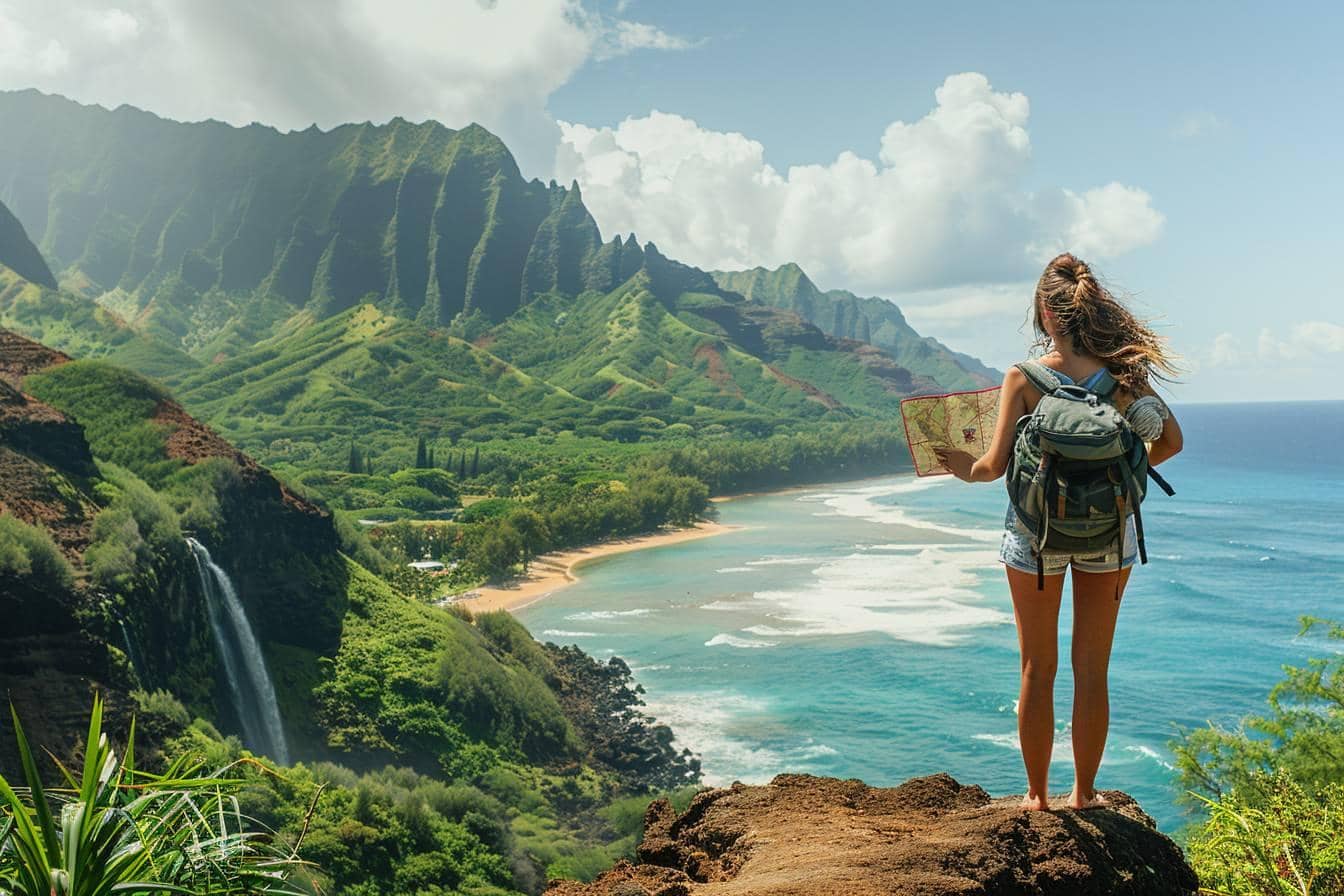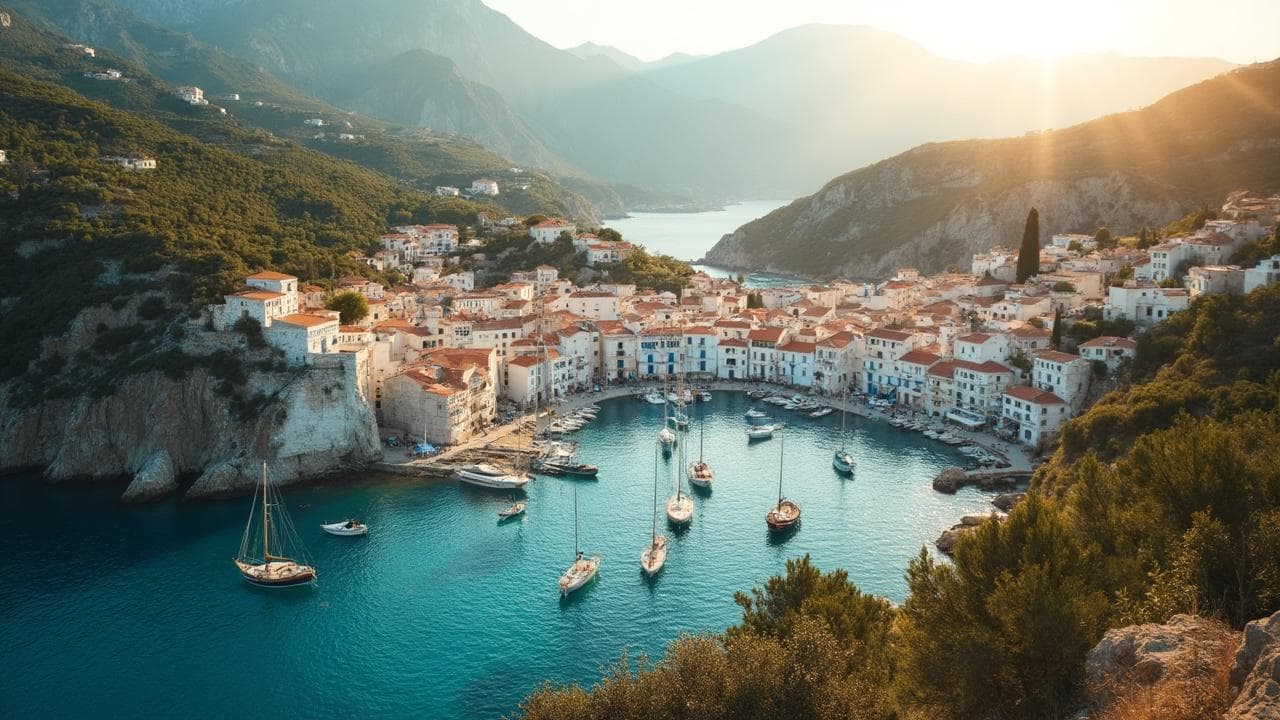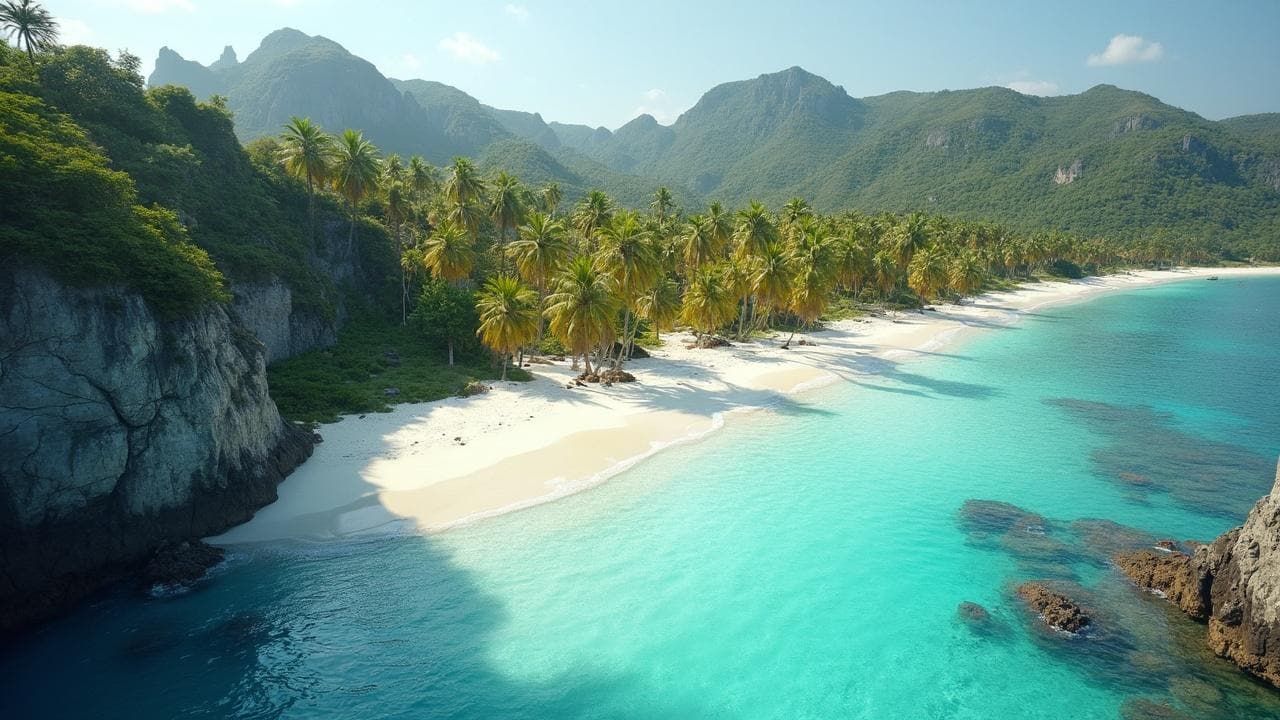Navigating solo travel in Hawaii’s lush landscapes and untamed terrains can be the adventure of a lifetime for the intrepid explorer.
My journey across the Hawaiian islands has been a remarkable blend of serenity, exhilaration, and personal discovery, and it has made me strongly advocate for solo voyages here.
With its verdant cliffs plunging into the clear blue ocean, hidden waterfalls, and trails winding through ancient landscapes, Hawaii offers many experiences that cater to adventurers seeking solitude and connection with nature.
Drawing from my solo travels, I’ve garnered insights into making the most of these islands, from logistical tips to uncovering hidden gems off the beaten path.
In this article
- Why is Hawaii a good destination for solo travelers?
- When is the best time to visit the islands?
- How do you get around the Hawaiian islands?
- How much should you budget for a solo trip to Hawaii?
- Where should you visit in Hawaii as a solo traveler?
Why is Hawaii a good destination for solo travelers?
The Hawaiian islands beckon solo adventurers with their diverse ecosystems and cultures. Beyond their undeniable beauty, the sense of community and spirituality permeating the air sets these islands apart.
Each island, from the bustling streets of Oahu to the silent majesty of the Na Pali Coast in Kauai, offers a unique narrative that speaks to the solo traveler looking to find a piece of themselves.
The opportunity for self-reflection amid such awe-inspiring nature is unparalleled. Whether I was hiking up the volcanic trails of the Big Island or finding solitude on a secluded beach in Maui, Hawaii provided a serene backdrop to introspect and grow.
For those desiring to travel purposefully, initiatives like the Mālama Hawaiʻi Program allow travelers to give back to the environment, creating a deeper connection with the places they visit.
The islands also thrive with outdoor adventures tailored for solo explorers. Surfing the waves, snorkeling along vibrant coral reefs, or simply meditating amidst the tranquility of a rainforest — the experiences are as diverse as the islands themselves. Moreover, the welcoming spirit of the locals, or ‘ohana,’ ensures that you never feel truly alone.
When is the best time to visit the islands?
Choosing the right time to visit Hawaii can significantly enhance your solo travel experience. Through my journeys, I found that the shoulder seasons, spanning April to June and September to November, offer a perfect balance of pleasant weather and fewer crowds.
During these months, the islands bask in a golden glow, with temperatures just right for exploration and adventure.
Planning your visit between January and March is vital for those interested in specific activities, such as observing the majestic humpback whales.
Conversely, if surfing is on your agenda, winter months bring in the most thrilling waves, especially on the North Shore of Oahu. Aligning your travel with these natural events can be a rewarding way to experience Hawaii’s wonders.
It’s also wise to consider the local events and festivals across the islands. Events like the Honolulu Festival or the Merrie Monarch Festival add color to your travels and are a vibrant gateway into Hawaii’s rich culture and traditions.

How do you get around the Hawaiian islands?
Exploring Hawaii on your terms requires some transportation planning. During my time across the islands, I found that having a rental car offered unparalleled freedom to explore at my own pace.
This is especially true when venturing into less accessible regions or for journeys along the iconic Road to Hana in Maui, where the journey is as stunning as the destination.
However, Hawaiian Airlines provides efficient connections for those brief inter-island hops, allowing you to maximize your time exploring.
While public transportation is well-serviced in destinations like Waikiki in Oahu, getting to the more remote parts of any island often requires a more personal mode of transport.
Moreover, engaging in group tours for specific activities such as whale watching or snorkeling can offer convenience and the chance to meet fellow travelers. These shared experiences often lead to meaningful connections that enrich the solo travel experience.
How much should you budget for a solo trip to Hawaii?
Budgeting for a solo trip to Hawaii can vary widely based on your travel style and the experiences you seek.
Accommodation options span from beachside hostels to luxurious resorts, reflecting Hawaii’s capacity to cater to diverse tastes and budgets. I’ve opted for mid-range choices like boutique hotels or B&Bs that offer comfort without the steep price tag, usually averaging around $150 to $250 per night.
Hawaii offers a range of dining and activity options. For under $10, you can enjoy fresh, locally sourced meals at farmers’ markets or indulge in a fine dining experience overlooking the ocean for over $50.
Adventures in nature, many of which are free, can be balanced with paid experiences like helicopter tours or cultural classes, which typically range from $100 to $300.
Here’s a quick breakdown of potential daily expenses :
| Expenses | Cost |
|---|---|
| Accommodation | $150 – $250 |
| Food & Dining | $40 – $100 |
| Activities & Tours | $0 – $300 |
| Transportation | $20 – $100 |
Understanding your priorities and planning accordingly can help you manage your budget efficiently while maximizing your solo adventure in Hawaii.
Where should you visit in Hawaii as a solo traveler?
Each Hawaiian island offers a distinct adventure, but finding those unique, less-traveled spots has been the highlight of my solo travels. On the Big Island, the Punalu’u Black Sand Beach provides a surreal backdrop perfect for reflecting on nature’s wonders away from the crowds.
Similarly, the quiet majesty of the Koke’e State Park in Kauai, with its breathtaking vistas of the Na Pali Coast, offers incomparable moments of solitude and inspiration.
Oahu, often seen as the gateway to Hawaii, is charming for solo travelers. Beyond the bustle of Honolulu, the serene Lanikai Beach awaits, inviting you to bask in its tranquility. Meanwhile, like those along the road to Hana, Maui’s hidden waterfalls and scenic drives promise adventures that feed the soul.
Ultimately, Hawaii’s allure for solo travelers lies in its capacity to offer both exhilaration and peace. Whether navigating the waves, hiking up to craters, or enjoying a sunset, the islands welcome you with open arms.




